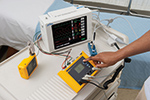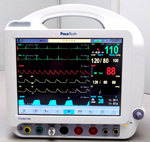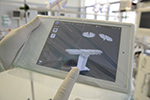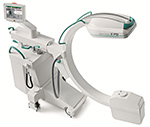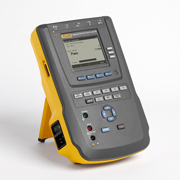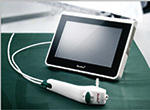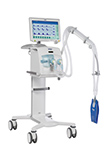With its premium features and large userfriendly display, the new Noblus from Hitachi Aloka Medical was developed as a diagnostic ultrasound platform that can be used in many different clinical settings for a wide variety of examinations. The Noblus is designed in the form of a laptop PC with an optional cart, bringing a flexibility of style optimizing its use, whether on a desk in the consultation room, at the patient bedside in ICU, or in an emergency room. As a winner of the Good Design Award 2012, the quality of its design has already been acknowledged by the Japan Chamber of Commerce and Industry. Although compact in design, Noblus has premium features that can be exploited in many different applications, including Realtime Tissue Elastography, a premium feature previously found only on larger cartbased systems, which is used to assess the relative elasticity of tissue, providing increased diagnostic confidence in the benign or malignant nature of lesions in the breast, thyroid, prostate, gastrointestinal tract, and many others. Migrated from high-end HI VISION systems, Hitachi Aloka’s Ultra BE, the digital signal circuit dedicated to ultrasound processing, brings reliable diagnostic performance and premium image quality. Noblus has its own dedicated range of smart connector transducers for standard applications, and is compatible with many transducers from the HI VISION series: specialist transducers for biopsy, interventional, intraoperative, endocavity and endoscopic examinations; and it also supports Single Crystal transducers where the entire element array is created from a single crystal, providing higher sensitivity and wider bandwidths than achieved with traditional transducers. Its space-saving design allows the operating console to fold up, providing more desk space between exams. Equipped with a battery and supporting wireless DICOM communication, Noblus offers smooth mobility for portable rounds within the hospital. Smart Touch Feature allows parameter adjustment by direct touch of the screen, allowing the examiner to maintain his focus on the ultrasound image.
Read more


